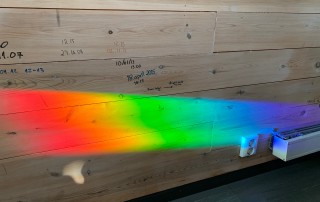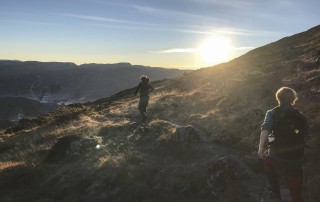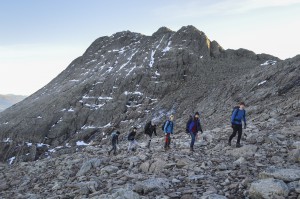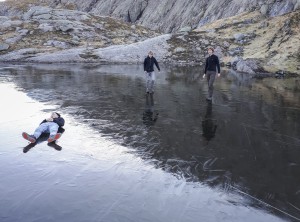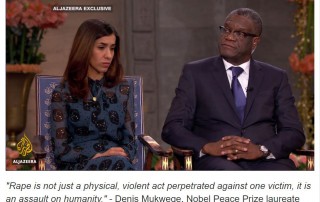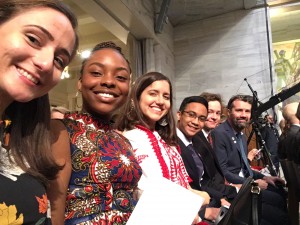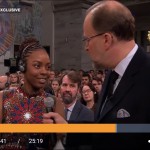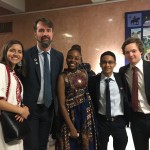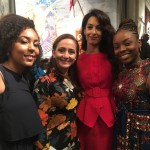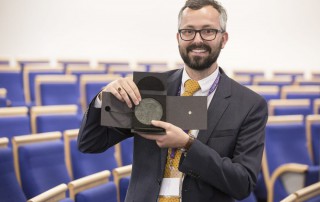A Colourful Visitor
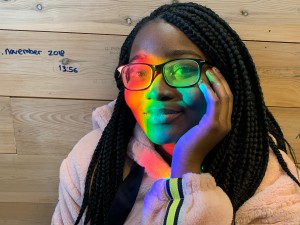 A large light spectrum visits our biology lab on those rare clear days in winter, when the Sun is high enough over the hills but low enough to shine through an accidental prism (a half-hexagon aquarium placed by the window). This makes the white light split into its shiny component colours.
A large light spectrum visits our biology lab on those rare clear days in winter, when the Sun is high enough over the hills but low enough to shine through an accidental prism (a half-hexagon aquarium placed by the window). This makes the white light split into its shiny component colours.
This stunning light phenomena happens in the most “lightless” part of the year. On a clear day, it first shows up as a short splash of colour and then continuously elongates along the wall until it disappears – a portrait of Earth’s rotation around the Sun.
It’s longest lasting dance along the wall happens at the end of November and beginning of February but it was once even spotted as late as an April evening – but for less than a minute.

